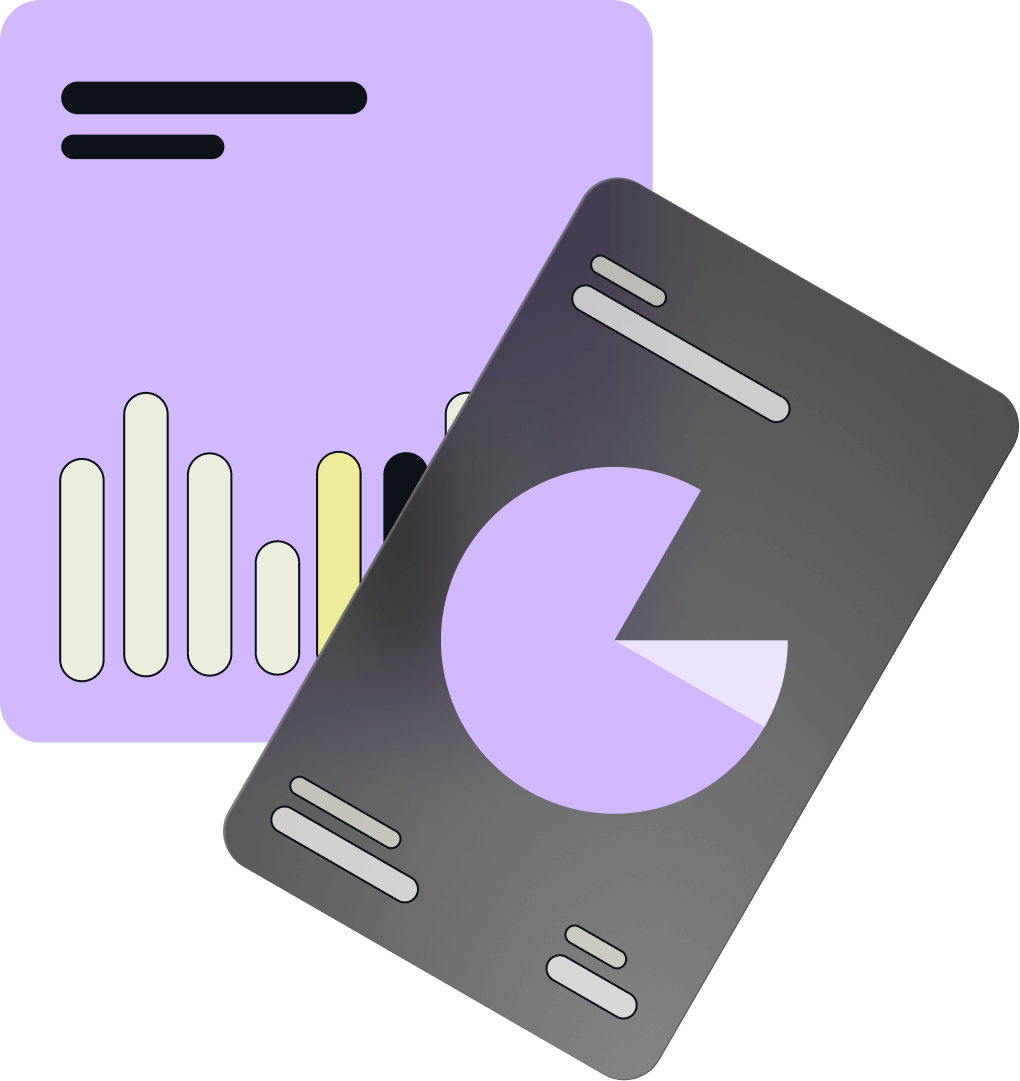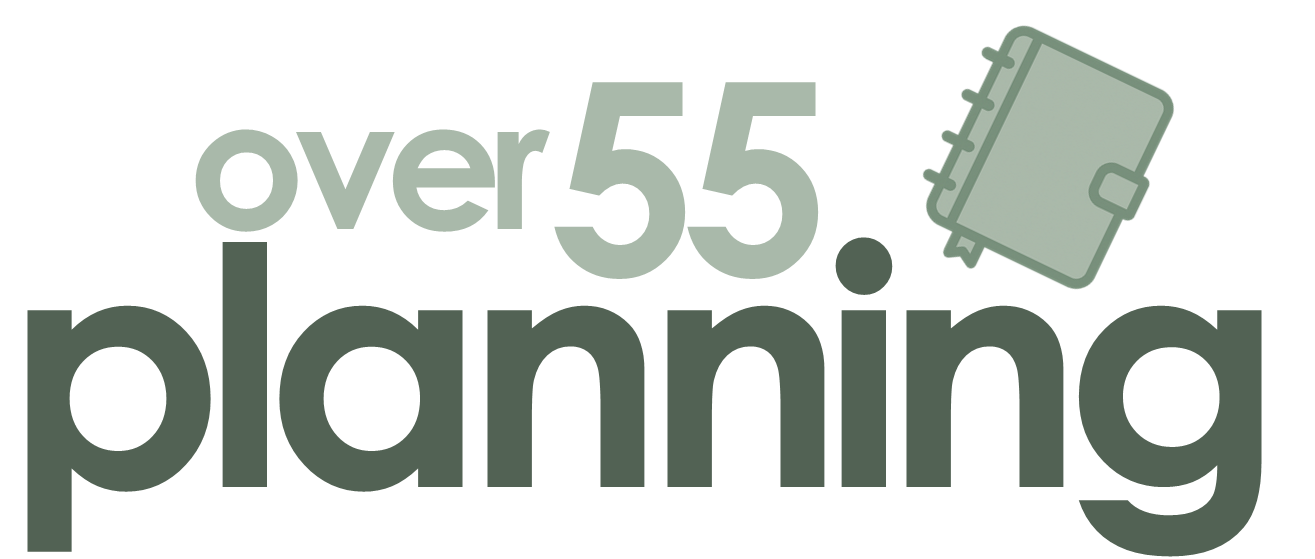Understanding Workplace Pensions
What is a workplace pension?
A workplace pension is a pension your employer sets up to help you save for retirement. You pay in a portion of your wages, and your employer adds their own contributions. The money is invested to build up a pot you can use later in life.
Some people have just one workplace pension. Others may have several, from different jobs over the years. These can include older schemes with guaranteed benefits or newer arrangements set up under automatic enrolment rules.
How workplace pensions are different from personal pensions
Workplace pensions are set up by your employer. Personal pensions are opened by you. The big difference is employer contributions. With a workplace pension, your employer must pay in. With a personal pension, they don’t.
You can have both. For example, someone who was self-employed for part of their career might have a personal pension as well as a workplace pension from later employment.

Who gets enrolled automatically?
Most people who work in the UK and earn at least £10,000 a year are automatically enrolled in a workplace pension.
This applies if you’re aged 22 or over and below State Pension age.
You don’t have to do anything to join. Your employer must enrol you and start making contributions.
You can opt out if you want to, but you’ll lose the employer’s contribution and any tax relief.
Employers must re-enrol anyone who’s opted out every three years.
How contributions work
If you’re enrolled, contributions are based on your qualifying earnings — that’s earnings between £6,240 and £50,270 (for 2025/26). The legal minimum total contribution is 8%:
- 5% from you (which includes tax relief)
- 3% from your employer
Some employers contribute more. For example, they might match your contributions up to a higher level, boosting your savings.
Tax relief on pension contributions
You get tax relief on what you pay into your pension. In most cases, this happens automatically:
- Relief at source. You pay from your take-home pay, and 20% tax relief is added by the provider. If you’re a higher-rate taxpayer, you can claim extra relief via self-assessment.
- Net pay. Your contribution is taken from your gross salary, and you get the full tax relief upfront.
If you earn £80 a month and your scheme uses relief at source, your provider adds £20, making it £100. A higher-rate taxpayer can claim another £20 back.

Salary exchange
Some schemes use salary exchange (or salary sacrifice). You agree to take less salary, and your employer puts the difference into your pension. This lowers your National Insurance, so both you and your employer save money.
Annual limits
The Annual Allowance is the most you can contribute to pensions each year with tax relief. For 2025/26, it’s £60,000. If your total income is over £200,000, the limit may taper down to £10,000.
Once you start taking flexible withdrawals from a defined contribution pension, your Annual Allowance for those pensions drops to £10,000. This is called the Money Purchase Annual Allowance (MPAA).
Defined contribution pensions
Most workplace pensions today are defined contribution (DC) schemes. The amount you get depends on how much you and your employer pay in, plus how the investments perform.
For example, someone contributing £300 a month from age 40 to 67 could build a pot worth over £250,000 with 4% annual growth — but this depends on charges and investment returns. The value can go up or down.
At retirement, you can take some of the pot tax-free and use the rest to draw an income, buy an annuity, or withdraw as needed.
Defined benefit pensions
Defined benefit (DB) pensions pay a guaranteed income for life, based on your salary and years of service. They’re often called final salary or career average pensions and are mostly found in the public sector.
For example, a DB pension might pay 1/60th of your final salary for every year worked. Someone with 30 years at £36,000 would get £18,000 a year. These pensions usually increase with inflation and don’t depend on investment performance.
DB pensions are funded by the employer, who carries the investment risk.
What happens when you leave your job
You keep any pension rights you’ve built up when you leave a job. In a defined contribution scheme, the pot stays invested and remains yours. You can:
- Leave it where it is
- Transfer it to a new provider
- Combine it with other pensions
In a defined benefit scheme, your pension becomes a “deferred benefit.” It’s preserved and will increase with inflation or a fixed rate until you start taking it.
Transferring pensions
You can usually transfer a defined contribution pension at any time. This might reduce charges or make things easier to manage. Just check for exit fees or special features you’d lose.
Defined benefit pensions can also be transferred, but only to a defined contribution scheme. If the value is over £30,000, financial advice is legally required.
Transferring means giving up guaranteed income and taking on investment risk. This is rarely the right choice unless your situation is very unusual.
Finding old pensions
It’s easy to lose track of pensions from past jobs, especially if employers have changed names or closed down. The government offers a free Pension Tracing Service that can help you find the contact details of old schemes:
www.gov.uk/find-pension-contact-details
You’ll need to contact the provider directly with your NI number and job details. They can send you a statement with the current value and history.
Taking money from your pension
You can usually start accessing a defined contribution pension from age 55 (rising to 57 in 2028). Your options include:
- Taking up to 25% as a tax-free lump sum
- Drawing income as you need it (flexible drawdown)
- Buying a guaranteed income for life (annuity)
- Taking the whole pot, subject to tax
Only the first 25% is tax-free. The rest is taxed as income in the year you take it. Large withdrawals may push you into a higher tax band.
Once you start taking money, your Annual Allowance for future contributions may reduce to £10,000.
Taking a defined benefit pension
You usually start drawing a DB pension between age 60 and 65, depending on the scheme. Taking it earlier reduces the income. Some schemes let you defer, which can increase the amount.
You can transfer a DB pension to a defined contribution pot, but only after advice if it’s worth over £30,000 — and the decision is permanent. You give up guaranteed income and take on all the risk yourself.
What if your employer goes bust?
Defined contribution pensions are held separately by the provider. If your employer goes under, the pension isn’t affected.
Defined benefit pensions are backed by the employer, but if they collapse, the Pension Protection Fund may pay compensation. This is usually 90% of your expected pension if you’re under the scheme’s retirement age, or 100% if you’re already drawing it (subject to limits).
Combining old pensions
You can usually combine defined contribution pensions into one pot. This can reduce fees and make things easier to manage. But check for any valuable features, such as guaranteed annuity rates, that might be lost.
You can also transfer defined benefit pensions to a defined contribution scheme, but it’s a one-way move and requires advice if over £30,000. It’s rarely suitable.
Is my workplace pension protected?
Yes. Workplace pensions are regulated and must follow strict rules. If your pension provider fails, your money may be protected by the Financial Services Compensation Scheme, up to £85,000 per firm.
Frequently asked questions
Can I still pay into my pension after 55?
Yes. You can keep contributing to pensions until age 75, as long as you have relevant UK earnings. But if you’ve already accessed a pension using drawdown or lump sums, your contributions to defined contribution pensions may be limited to £10,000 a year due to the Money Purchase Annual Allowance.
What happens to my pension if my employer goes out of business?
Your pension is usually safe. Defined contribution pensions are held separately by the provider and aren’t affected if the employer fails. Defined benefit pensions are backed by the employer, but if they collapse, the Pension Protection Fund may cover most or all of your benefits.
Can I combine old pensions into one?
Yes. Most defined contribution pensions can be transferred into a single plan. This can make things easier and may reduce charges. Just check first whether the old scheme has valuable benefits that could be lost, like guaranteed annuity rates or protected tax-free cash. Defined benefit pensions can also be transferred, but it’s irreversible and only allowed with regulated advice if the value is over £30,000.
Is my pension safe if the provider fails?
Yes, up to a limit. If your pension provider goes bust, the Financial Services Compensation Scheme may protect your money — currently up to £85,000 per person, per firm. Workplace pensions are also overseen by regulators to make sure they meet legal standards.
